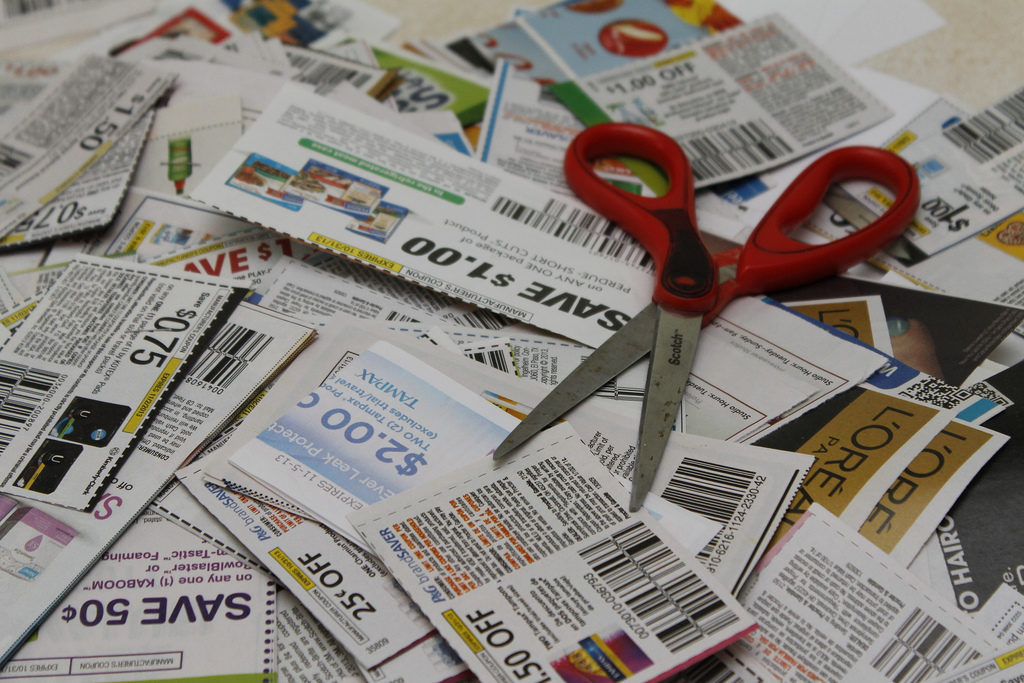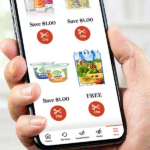
For the past several years, it seems everything about couponing has gotten more difficult. Stores and manufacturers are tightening their coupon policies, coupons are getting less valuable, and there are fewer coupons available for things you actually want to buy. As a result, coupon use has slumped to its lowest point in more than four decades.
In such cases, manufacturers typically respond by upgrading their offers to help perk up the coupon redemption rate. And according to new figures about coupon use in the first half of this year, that’s exactly what they’ve done.
But those same figures show that it’s not working. There are more coupons available, their values are going up, purchase requirements are going down – yet we’re on pace for yet another record low redemption rate this year.
So what’s going on? Are coupons going out of style? Are we just over them altogether?
Inmar has released the results of its 2017 Mid-Year Promotion Industry Analysis. It found that 1.07 billion coupons were redeemed in the first half of 2017. That’s a big number – A BILLION COUPONS! – but it’s actually down 6.4% from the same time last year, even though the number of available coupons actually increased from 170 to 171 billion. At this rate, unless things really pick up in the second half of the year, the number of coupons redeemed in the U.S. could be the lowest since the early 70’s – and that’s when there were far fewer coupons even available.
It’s not for lack of trying on manufacturers’ part. While they’re happy to sell more products at full price, they’re not issuing all of these coupons just to have them ignored or thrown away. So they’ve boosted the average face value of their coupons to $1.73, up nine cents from this time last year. And the average number of products you need to buy in order to use a coupon has declined to 1.38, down from 1.43.
So coupons are becoming more attractive. But shoppers are still resisting.
Part of the reason is that the economy has been improving since the days of “Extreme Couponing”, and coupon use always tends to go down when prosperity goes up. But it’s not just that.
Another reason could be that more and more coupons are for nonfood items, when shoppers overwhelmingly prefer coupons for things they can buy to feed their families. 65.1% of all available coupons so far this year have been for nonfood items, up from 63.4% this time last year. That’s despite the fact that shoppers passed over many of those nonfood coupons – 59.5% of all coupons redeemed were for food items. That means many shoppers simply aren’t finding coupons for things they want to buy.
And surveys find that more shoppers are expressing interest in digital coupons, with 49% telling Inmar that they “wish all coupons were digital”. Yet digital coupons still represent just a tiny portion of all available coupons. While nearly 90% of all available coupons come in that old standby, the Sunday coupon insert, only one half of one percent of all available coupons are digital load-to-card coupons. More digital coupons could encourage more shoppers to use coupons.
All of this could explain why coupon use is down, but not necessarily why it’s way, way down. So Inmar has some additional theories as to why couponing is in such a serious slump – it’s all because the way we shop for groceries is changing, and coupons are not necessarily keeping up.
First, there’s the matter of online grocery shopping. It’s not huge yet, compared to traditional in-store grocery shopping, but it is growing. And online grocery retailers are served by a patchwork of coupon policies – some accept paper coupons, some accept digital coupons, some take both and some neither. If manufacturers want their coupons to affect the purchase behavior of online shoppers, they need to offer more coupons in formats that online shoppers can use.
“Shoppers are expecting a lot from brands and retailers today,” Inmar Chairman and CEO David Mounts said in a statement. “They want offers that are easy to acquire and that can be used wherever they shop – online or in store. Marketers who want to drive greater redemption need to fully recognize and strategically respond to this trend.”
Another notable trend is the increasing popularity of grocery stores that don’t accept coupons at all. Costco shoppers who like to buy in bulk can’t use manufacturer’s coupons there, because Costco doesn’t accept them. Neither do smaller stores like Trader Joe’s, ALDI and Lidl, which mainly offer only store-brand products anyway. And shoppers who prefer healthy and natural foods are shopping more at local and specialty stores that don’t even carry the packaged foods for which most coupons are offered. So as bigger and smaller stores attract more shoppers, fewer of those shoppers have much use for coupons anymore.
The same goes for shoppers who are buying meals instead of groceries. The growing popularity of prepared foods and meal kits means many shoppers aren’t using coupons to buy individual items. Instead, they’re buying everything they need, in a box, for a flat price – which may turn out to be less expensive than buying all of the ingredients individually.
Many shoppers, then, have little need for coupons anymore – no matter how valuable, or for what products, they are. The question is what brands can do about it. Can they find more and better ways to offer coupons that are good for online purchases? Can they offer products that are so irresistible – with corresponding coupons – that you just have to buy the brand name instead of the cheaper store brands at Trader Joe’s, ALDI or Lidl? And will more brands start offering meal kits of their own – while offering coupons as an enticement to try them out?
“There is still significant opportunity for marketers to shift strategy to meet shopper demand,” Mounts said. So coupons aren’t dead yet – they just need to adapt to consumers who are rapidly changing their shopping habits and seeking out other ways to save. Because if coupons don’t adapt, then shopping and saving without any coupons at all could prove to be a hard habit to break.










